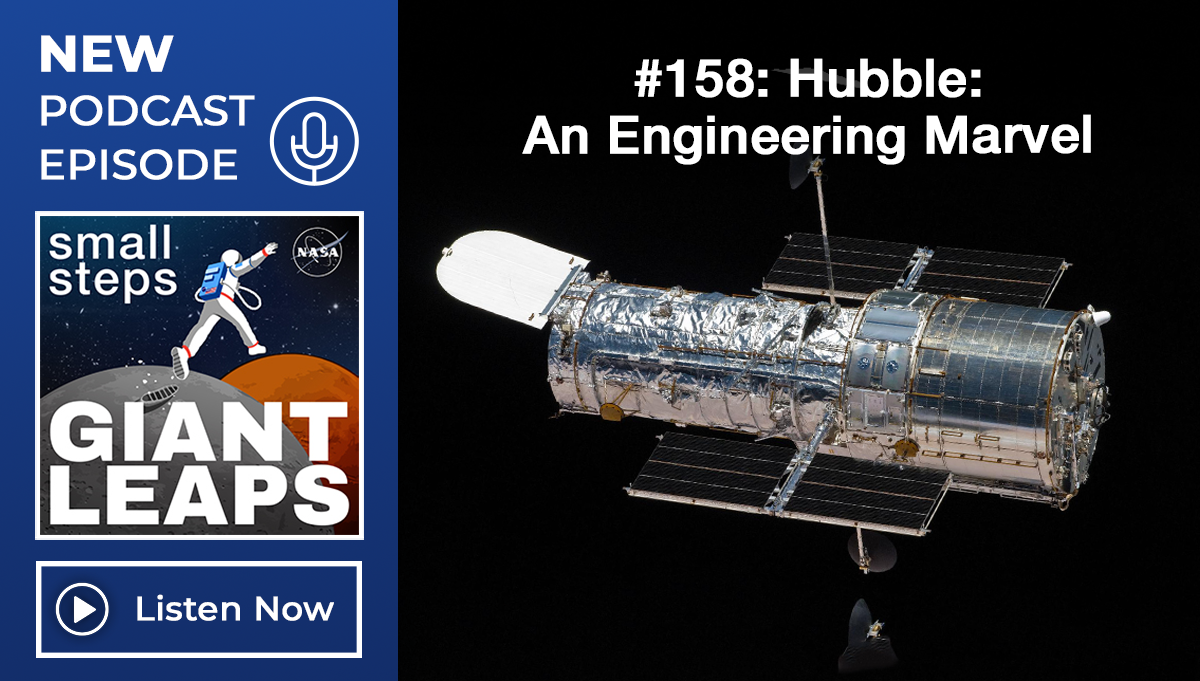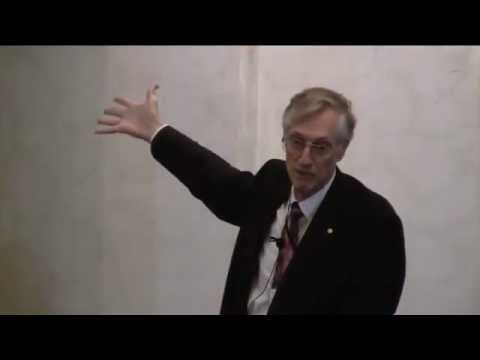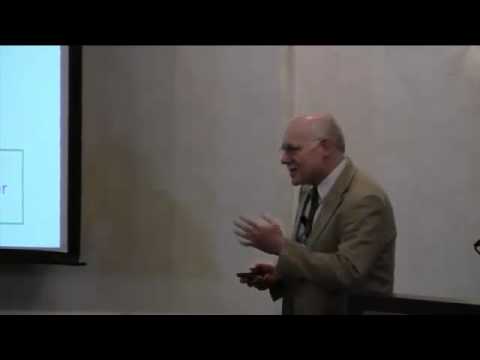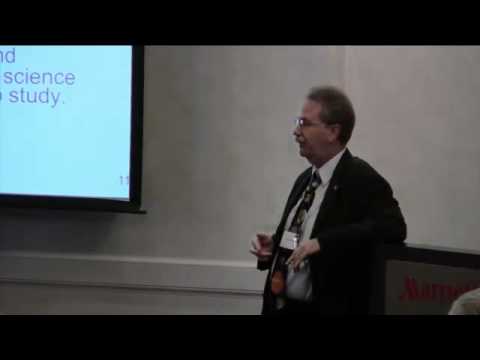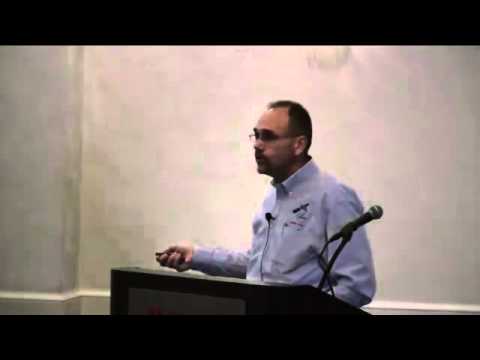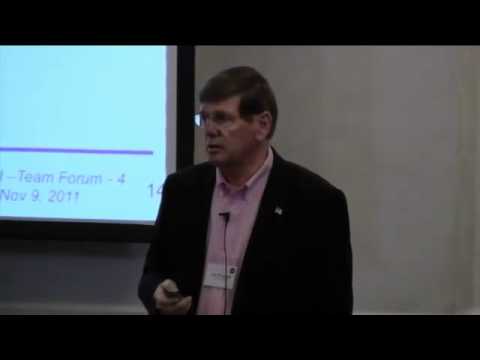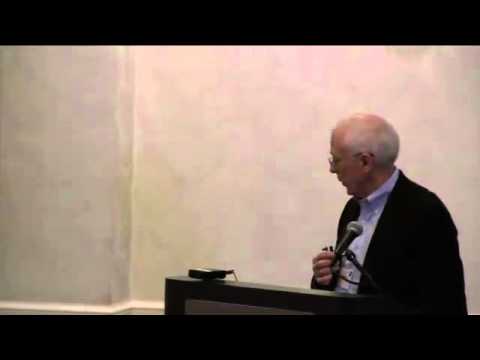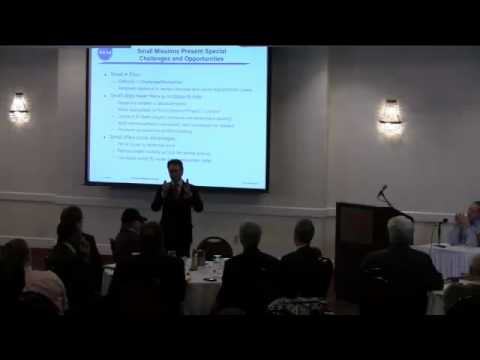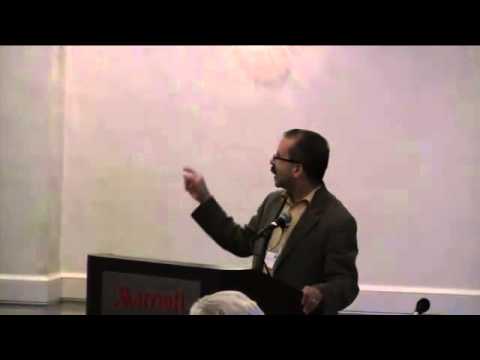
Systems engineering plays a critical role in space-mission development and is the right hand of the PI and the PM. He or she provides the technical expertise for the design, integration, and verification of the platform and supporting systems to meet the mission’s objectives in an affordable manner, and within an acceptable level of risk. […]




